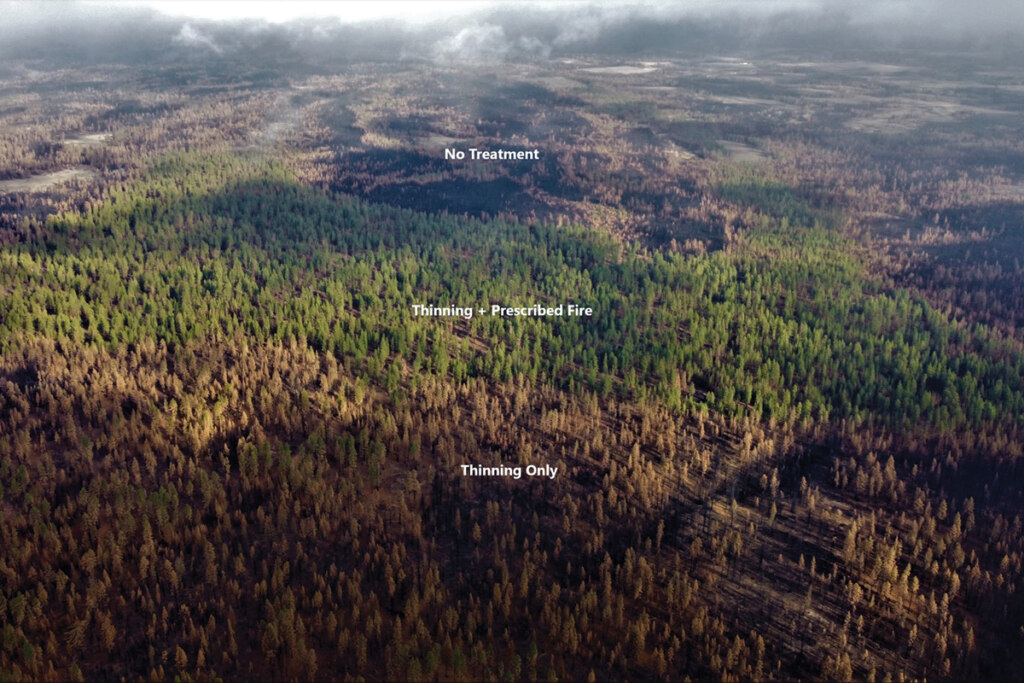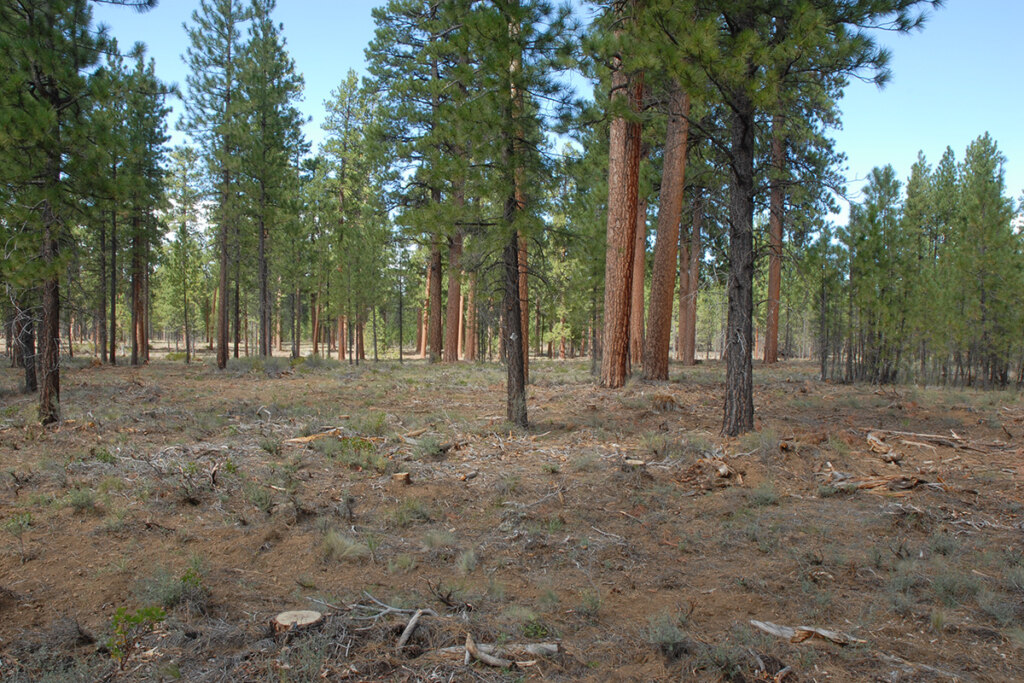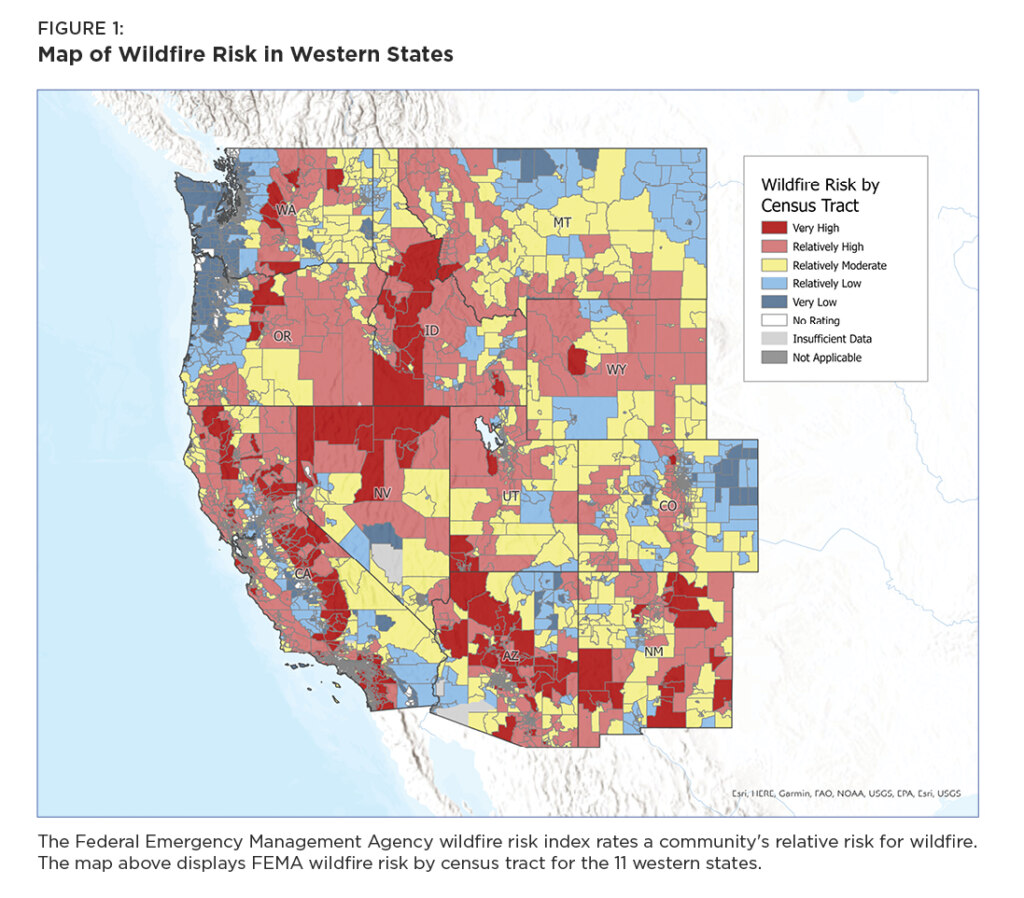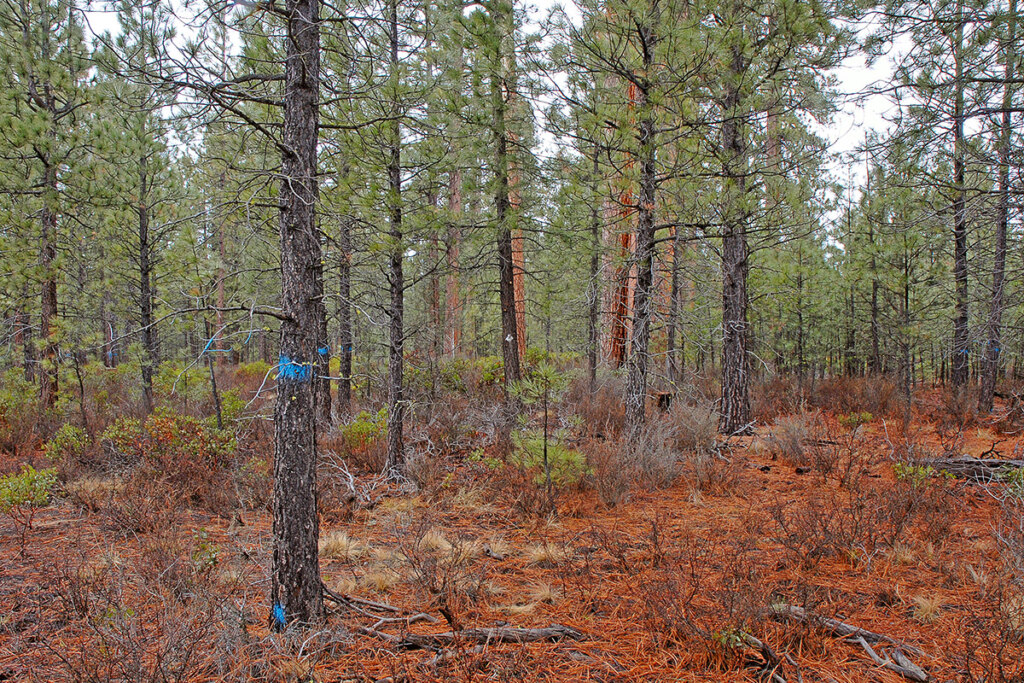Montana’s Path To Burning Back Better
"Fixing America’s Forests will require a variety of tools, but Montana has a substantial opportunity to expand the use of prescribed fire on private lands."
Montanans are no stranger to the growing wildfire problem. Today’s “megafires” scorch forests, degrade water quality, decimate habitat and choke the air with smoke. Since 2005, the United States has three times eclipsed 10 million acres burned by wildfires in a year—an unfathomable total just a few decades ago—with the vast majority of that acreage concentrated in the West. In Montana alone, more than 2.6 million acres burned between 2017 and 2021, and nearly nine million acres of forest land are at high or very high risk of wildfire. Nearly 100,000 structures have burned in wildfires since 2005, with two-thirds of that destruction occurring since 2017.
As with any large, complex phenomenon, no single factor explains the growing wildfire crisis. Past management decisions led to a dangerous accumulation of dead and diseased trees, small trees and shrubs and other fuels. A changing climate has lengthened the wildfire season, the period of year in which dry and hot conditions make it more likely a fire will ignite and spread. And development in the wildland-urban interface, the place where human development and wild areas meet, has increased the potential for human-caused ignitions.
The critical question is what’s to be done to tackle the wildfire crisis. Some of these factors require long-term policy and economic changes that will take decades to affect fire regimes. But as recent wildfires have shown, other factors can be addressed now, producing immediate benefits. One such factor is the use of prescribed fire, in which low-intensity fire is carefully applied to a landscape under controlled conditions to improve forest resilience, reduce extreme wildfire risks and achieve other land-management objectives. Time and again, when wildfires have spread to areas that have been intentionally managed with prescribed fire, those fires have become less destructive and easier to fight.

Much of the wildfire debate understandably focuses on the role of national forests, which make up a majority of forested acres in many western states. But expanding the use of prescribed fire on state, private and tribal land would have significant benefits for forest resilience, community protection and environmental conservation. In Montana, non-federal lands make up 33 percent of forested acres. Importantly, these private lands are often located between the wildland-urban interface and more remote public lands, or within the matrix of remote fire-prone wildlands.
As described in a new research report “Burn Back Better: How Western States Can Encourage Prescribed Fire on Private Lands” by the Property and Environment Research Center (PERC) and Tall Timbers, state policymakers and private land managers may be able to ramp up use of prescribed fire more quickly than the federal government. Landowners should have good incentives to restore “good fire” to western forests to conserve wildlife habitat, water quality and protect against wildfires. Surveys suggest that, for these and other reasons, landowners are interested in ramping up prescribed fire use.

Despite these benefits, there’s limited use of prescribed fire in the West and little public data available about what burning does take place. The lack of the practice has deprived the West of a culture of burning among landowners and communities—especially compared to the Southeast, which maintained the practice through the 20th century and is currently responsible for 70 percent of the nation’s prescribed burns. Many landowners lack the experience and resources needed to be comfortable embracing the tool. And there are too few expert practitioners available to plan, organize and supervise the most complex burns, which both limits the number of ambitious burns and drives up their cost.
State policies, many of them holdovers from the era of aggressive fire suppression, can further discourage use of prescribed fire. Montana does a really good job of forecasting burn days a week in advance, giving landowners time to prepare, and the state has an efficient prescribed burn permitting system. However, Montana landowners interested in adopting prescribed fires have no clear path for resources, training or practice because the state lacks helpful key resources like a certification program, a Prescribed Fire Council and prescribed burn associations. This limits the number of landowners who can confidently apply prescribed burns on their property.
Additionally, Montana lacks a clear standard for determining liability for escaped prescribed burns. Adopting a clear liability standard and establishing a financial tool, such as a catastrophe bond, to cover the extremely rare instance of a prescribed fire escaping containment would also help expand the use of prescribed burns.
Fixing America’s Forests will require a variety of tools, but Montana has a substantial opportunity to expand the use of prescribed fire on private lands. In doing so, we can reduce our wildfire risk and protect our forest ecosystems.
Learn more at www.perc.org/burnbackbetter
Hannah Downey is the policy director at PERC (the Property and Environment Research Center) in Bozeman.


